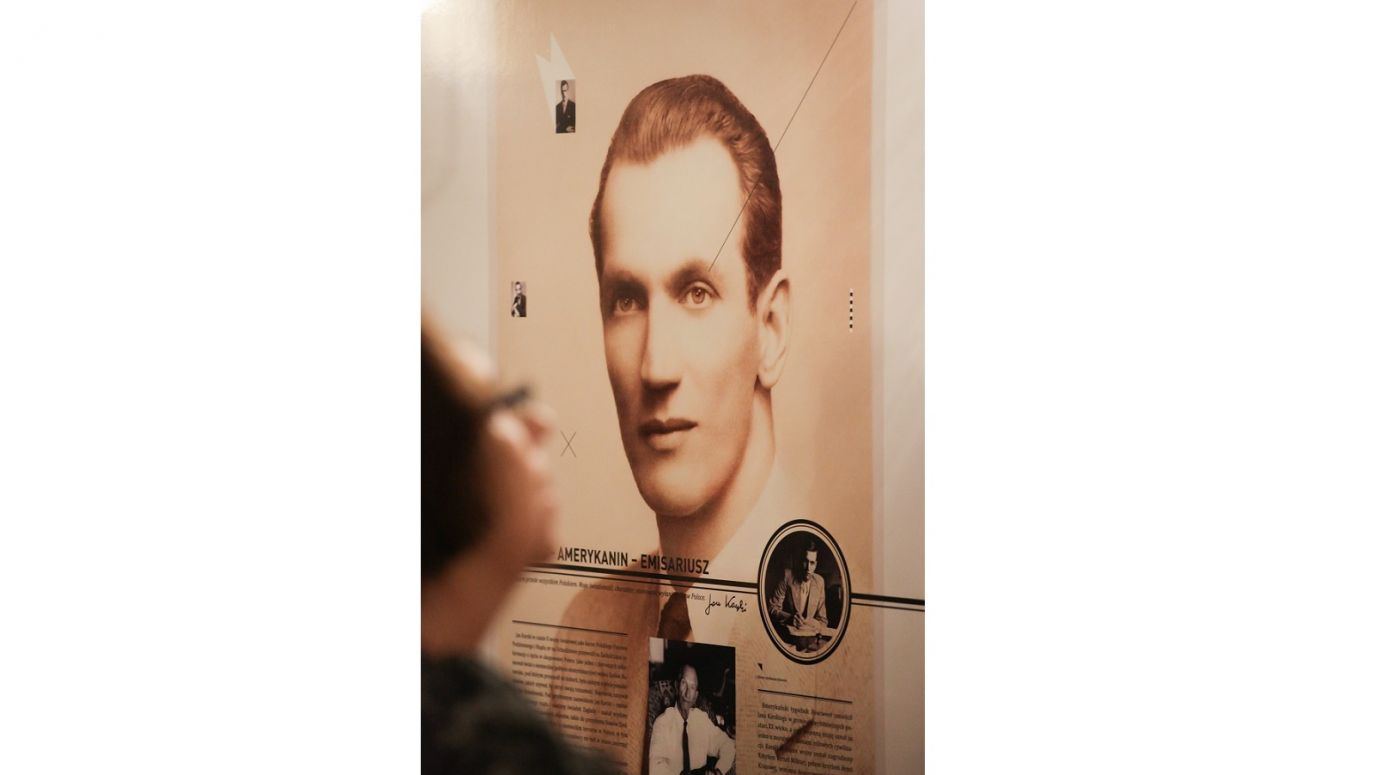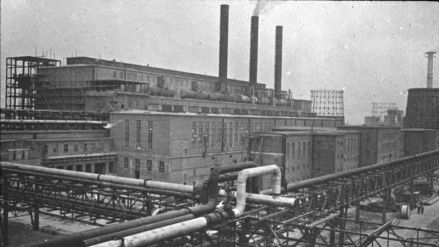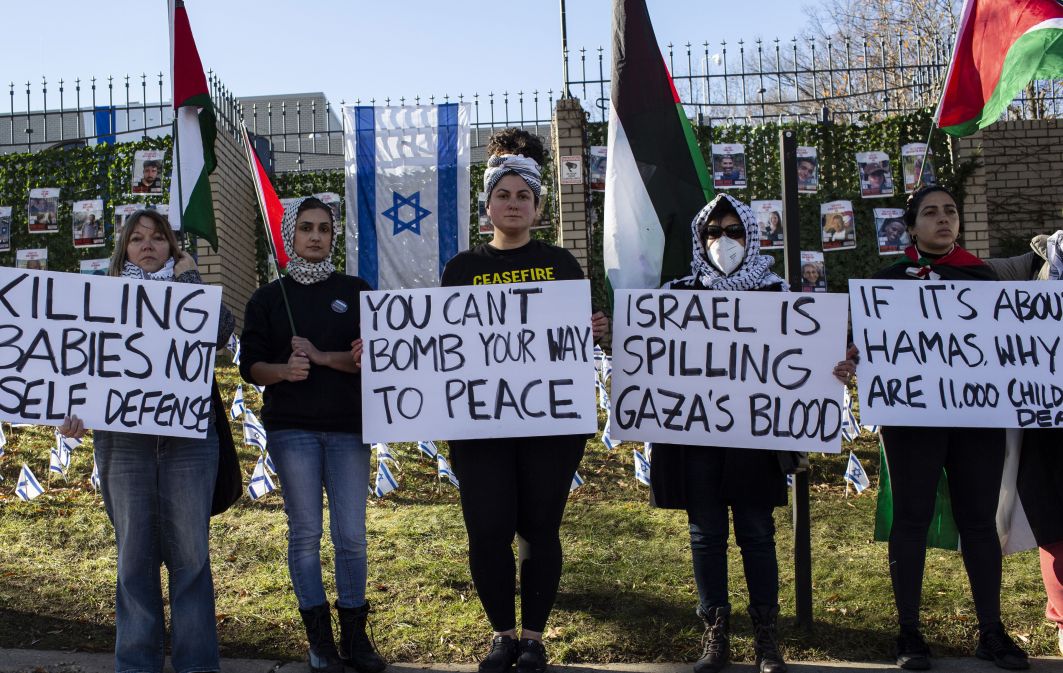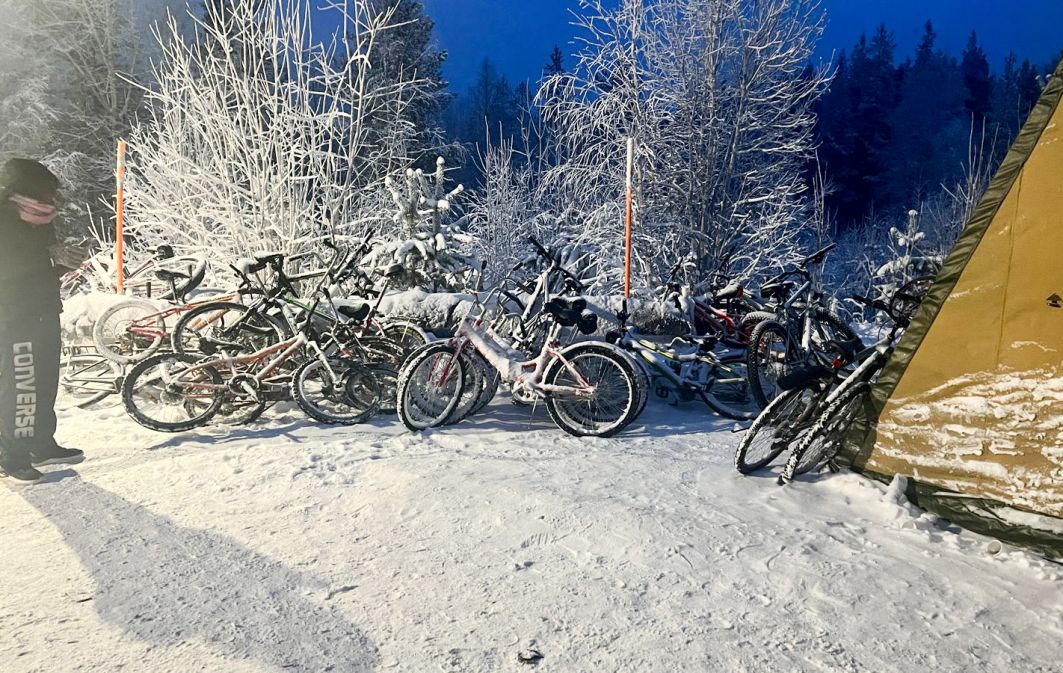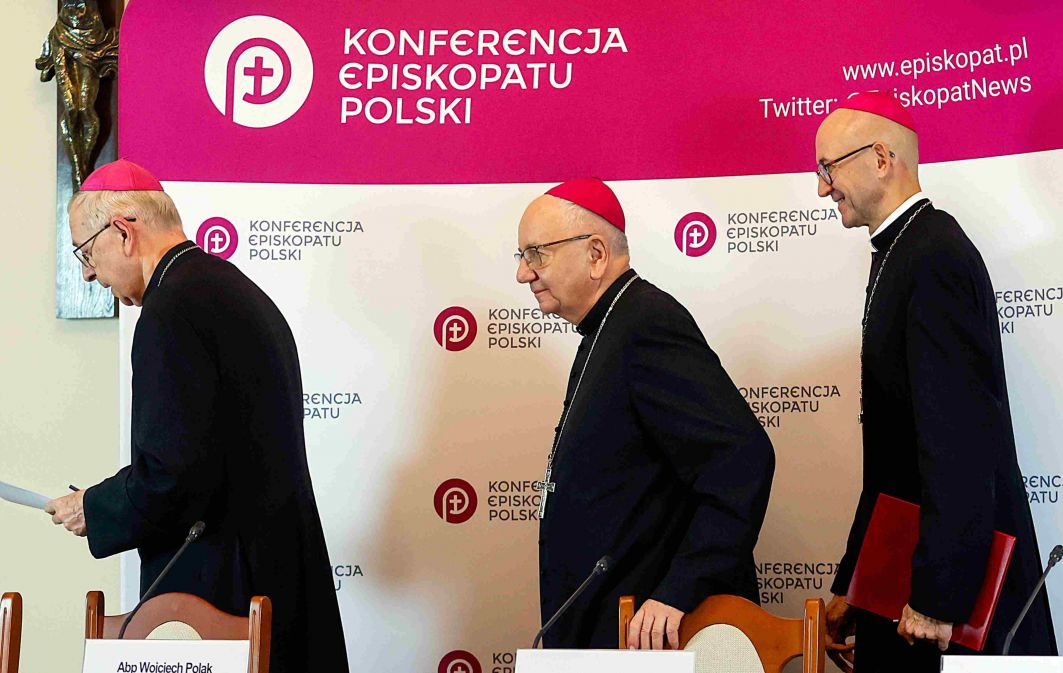"The Warsaw Ghetto will go up in smoke. But we will die with arms in hand. We will declare war on Germany. It will be the most hopeless war in history", the Zionist apparently said something he shouldn't have.
The Bund leader leapt up, as if surprised by his comrade's words. "Indeed, we are organising an uprising in the ghetto. Not because we expect to win. We will lose this struggle. But we want the world to look at it and feel remorse for having left us alone,” he said.
It was October 1942: a courier of the Polish Underground State, Lieutenant Jan Kozielewski, aged 28, was preparing to travel to the West for the third time, this one all the way to London, to the Polish government-in-exile. As a Jan Karski.
 SIGN UP TO OUR PAGE
SIGN UP TO OUR PAGE

"Before leaving the country, I received an order from the government delegate to meet with two leaders of the Jewish Underground, representing Zionists and socialists affiliated to the Bund. In fact, they acted on behalf of all Polish Jews", this is how Jan Karski described this part of his mission in 1944, in his book 'Story of a secret state', written at the government's behest and published in the USA in the same year in English, as well as in Polish ('The Secret State'), Norwegian, Swedish and French. The book was banned in the communist era, although it was not unknown - it was sometimes brought from the West by some people, but the first edition was not published until 1999 as 'The Secret State'.
In the book, Karski, then young, withheld most of the names; today it is known that the two leaders were Leon Feiner 'Berezowski', a lawyer who from 1941 represented the underground Bund in its contacts with the Government Delegation for Poland, and - probably - Menachem Kirszenbaum, chairman of the General Zionist party.
Karski, as part of these conversations, was twice in the Warsaw Ghetto, and was also smuggled into a transit camp in Izbica, near Lublin, where, disguised - and with documents - as a Ukrainian guard, he watched the horrific loading of people into the lime-strewn cattle wagons that carried them to the Belzec extermination camp. In his book, he does not write that it was a German extermination camp or a German transit camp, as it was obvious in 1944.
Kozielewski-Karski was a courier for the government delegate also because he had an extraordinary, photographic memory, not only for images, but also for numbers, dates and documents. When he later met with Prime Minister Władysław Sikorski and British Minister Anthony Eden in London, he not only presented his report, which had already been written up there on the Thames, but also spoke at length and in specific terms.
He wrote the book as a young man, still in the heat of the moment - more than half a century later, as an old person, he recounted all these events and conversations in the underground with no less commitment and concern for the concrete. It is not only worth but necessary to watch the documentary film from 2000, entitled "The Death of Zygielbojm", directed by Djamila Ankiewicz (co-produced by TVP, and there are also several films devoted to Jan Karski himself). We learn - from the source - what the facts and conversations were at the time.
When Karski, thanks to his underground contacts, visits the Warsaw Ghetto - in the autumn of 1942 - he is struck by the lack of old people.
"Why do you hardly see old people? Are they at home?", I ask.
"You can't see them because they...don't exist. They left for Treblinka, sir. Maybe they are in heaven? The Germans are a practical nation. Those who still have the strength are taken to work. The others are murdered (...) we will all leave from here, sir. One way... - said the guide without any emotion" (Jan Karski, "The Secret State").
The cut-off date was 22 July 1942, a few months before the talks and Jan Karski's trip. On that day, the Germans began their "liquidation action" - daily deportations of ghetto residents to the Treblinka extermination camp. They boarded trains at Umschlagplatz - the reloading area on Stawki Street - from where the transports to the gas chambers departed. Now a monument stands there, at which Pope John Paul II prayed in 1999.
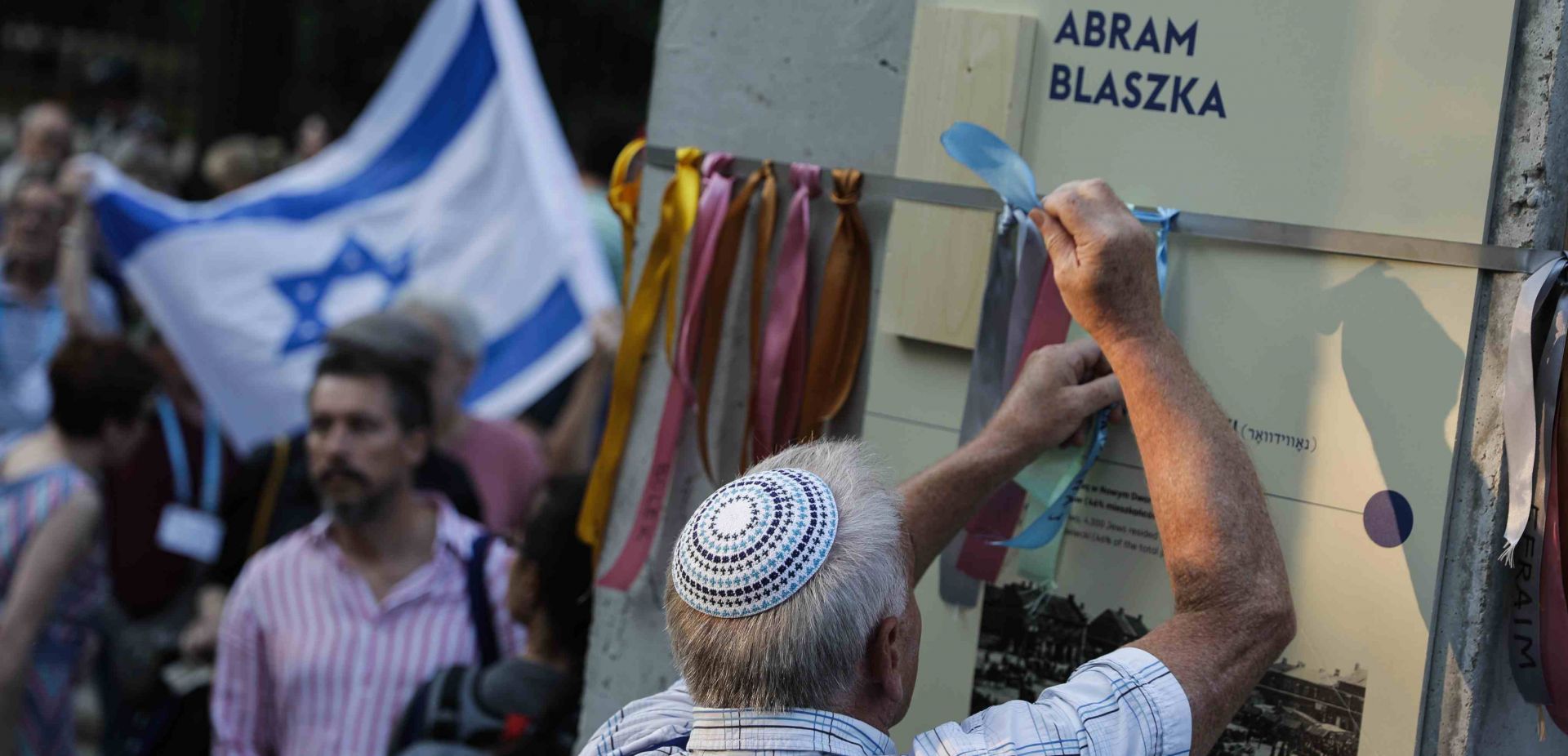
 SIGN UP TO OUR PAGE
SIGN UP TO OUR PAGE
 "Before leaving the country, I received an order from the government delegate to meet with two leaders of the Jewish Underground, representing Zionists and socialists affiliated to the Bund. In fact, they acted on behalf of all Polish Jews", this is how Jan Karski described this part of his mission in 1944, in his book 'Story of a secret state', written at the government's behest and published in the USA in the same year in English, as well as in Polish ('The Secret State'), Norwegian, Swedish and French. The book was banned in the communist era, although it was not unknown - it was sometimes brought from the West by some people, but the first edition was not published until 1999 as 'The Secret State'.
"Before leaving the country, I received an order from the government delegate to meet with two leaders of the Jewish Underground, representing Zionists and socialists affiliated to the Bund. In fact, they acted on behalf of all Polish Jews", this is how Jan Karski described this part of his mission in 1944, in his book 'Story of a secret state', written at the government's behest and published in the USA in the same year in English, as well as in Polish ('The Secret State'), Norwegian, Swedish and French. The book was banned in the communist era, although it was not unknown - it was sometimes brought from the West by some people, but the first edition was not published until 1999 as 'The Secret State'. 